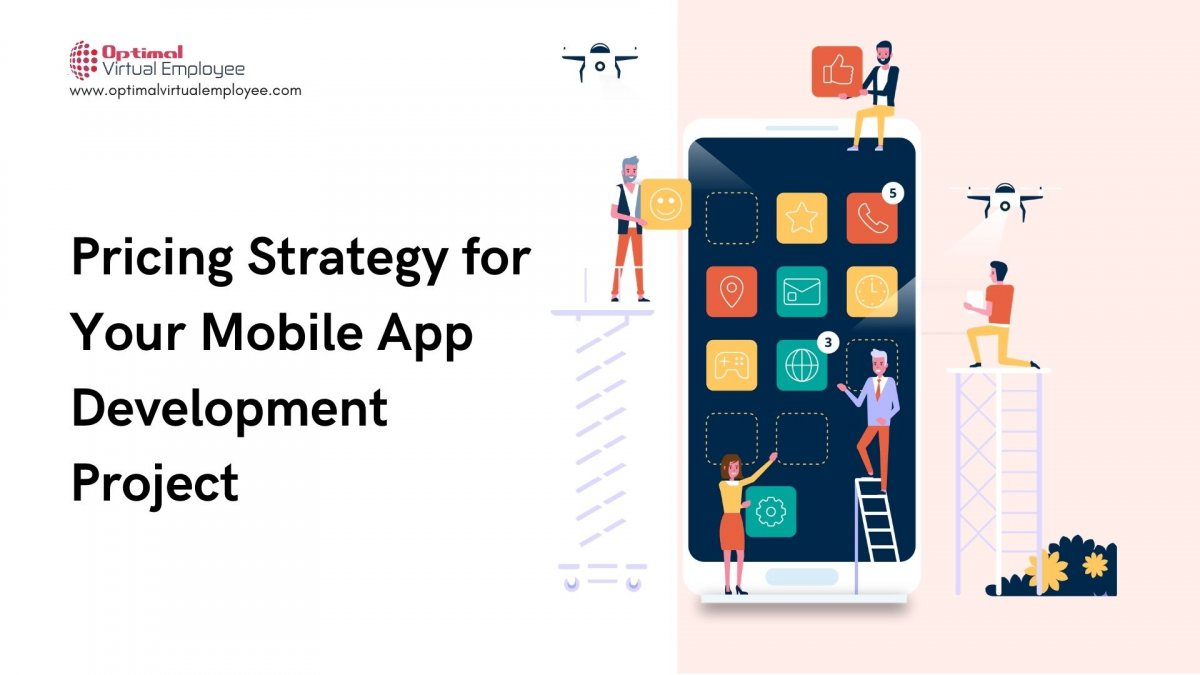Sometimes app businesses become so focused on building the right kind of app product, its idea, the design process, and its development that they overlook the pricing aspect of it. App prices should be worked out keeping all the crucial considerations in mind. Eventually, app prices determine the profitability of an app. Pricing is a factor that fetches nascent traction on the app and brings the necessary visibility to the app store.
It determines the rate of app downloads and even user retention. Sometimes, free apps or low–priced apps capture a big share on the app store but paid apps get better ROIs. Should you launch your app absolutely free? Or is it better to offer it at a price? If yes, what price should be charged? Find answers to all these questions and more in this article.
The Maze of Product Pricing
Pricing strategy dictates the kind of money a mobile app fetches in. Hire mobile app developers to decide a pricing strategy that can define the business model of a mobile app. Pricing a digital product like a mobile app is not as simple as it sounds. Here are some things that businesses must consider while pricing a mobile app:
-
Human Psychology
Consumers appreciate technical advances. Educated consumers like to make informed choices and conscious decisions from the wide choices available on the app store. This makes it difficult for app developers to make their product outshine the rest. App developers must ensure that the perceived value of their app product should be better than the price it is offered at. The price should justify the functionalities being offered by the app.
When a user compares an app with alternative options available on the app store, they also access it for its pricing. A mobile app pricing strategy must begin with looking at similar products available in the market and their price and then reaching a price that is better than them all.
-
Market Value
The right pricing strategy should consider the amount the market is willing to accept. App businesses must beta test their app at different pricing and check how the target market responds. When an app has a recurring revenue stream, it’s best to stay competitive, offer the latest functionalities, and issue regular updates. This helps with customer retention and helps businesses command a better price.
However, sometimes app developers decide to offer an app for free to attract plenty of users and multi–fold revenue from advertisements. They then offer an upgraded product for a price, but the product gets devalued at that price. Such apps cant be sold for more because of their low perceived value.
-
Pain-points
An app that addresses user pain points and eases their trouble is more valuable to them than the r. If you build an app that your target market truly wants, pricing it is easy. Allied factors like app UX, navigation patterns, and usability also enhance its value in the eyes of a user. Keeping the app development cost, its value for the users, and maintenance cost in mind, app developers can decide its price.
-
Competition
Market–guided pricing approach helps decide the right price. App developersneed to research the competitive landscape and study their target market to note the growth opportunities that lie ahead for them. For example, free subscriptions for a limited time and lowering app cost as compared to competitors can pay off in the short run. Useful knowledge about the market demand for an app, customer’s views, and its uniqueness matter when it comes to pricing.
Types of Mobile App Pricing Strategies
-
Free
Not much is free in today’s world. Users are glad when they get an app for free to use and offering an app for free can increase the number of downloads for an app developer.
Most free apps earn through advertising. Since customers do not pay anything out of pocket, free apps enjoy high customer retention rates. Often customer service apps are also built to be free. Even free pricing strategy can work in two different ways. Either a business can offer the app absolutely free which works wonders in the case of pre–established brands.
These apps are not built to earn money but push users towards other streams of revenue making. In some other cases, free apps put to use an in–app advertisement strategy where app users see ads.
-
Freemium
Freemium is an escalated version of the free–pricing plan. It’s a popular choice where users can download the app for free and can access only limited features of the app. These apps also feature in–app purchases to earn money. App developers can follow a two–tier freemium model where an app is free to download but premium functions are accessible on payment.
There is another freemium model where apps are offered with premium functions to a user for free but for a limited span of time. Users can experience the app in its full glory for a fixed period and then decide if it is a value for money proposition for them or not.
-
Paid
As evident, users pay to use this kind of app. App businesses find it difficult to succeed with paid ads. It needs hefty marketing spend to make a user realize the value of an app that is accessible only through monetary spending. Even if a user pays for it, they have high expectations from the app.
In the End
Market research, app functionalities, and competition are some of the prime factors that matter when it comes to finalizing the app pricing. Pair these factors with basics like consumer psychology and the aftermath is a hit mobile app.
Read More:









